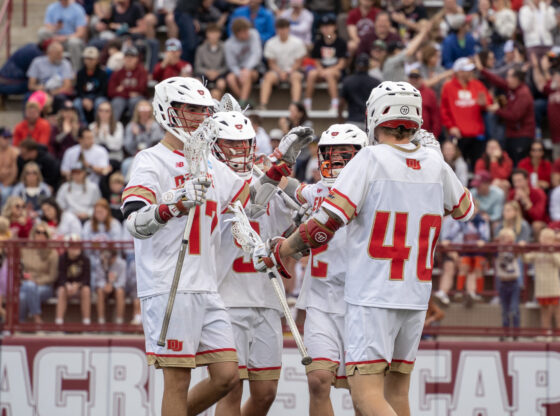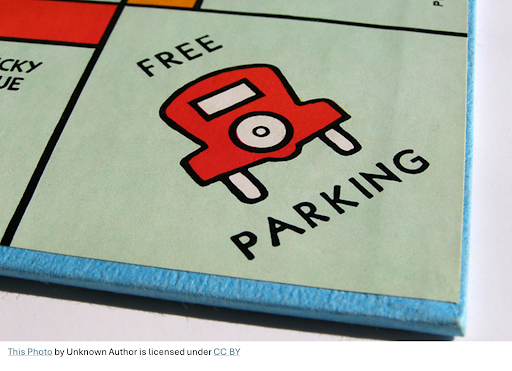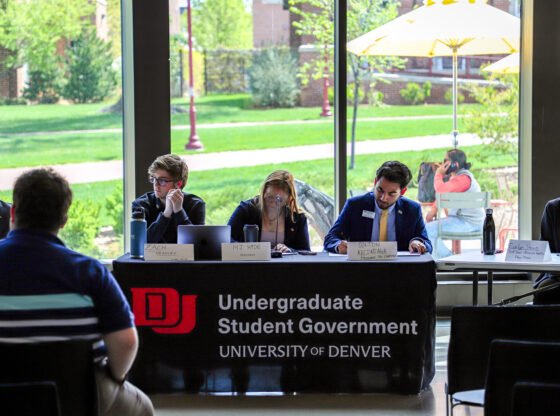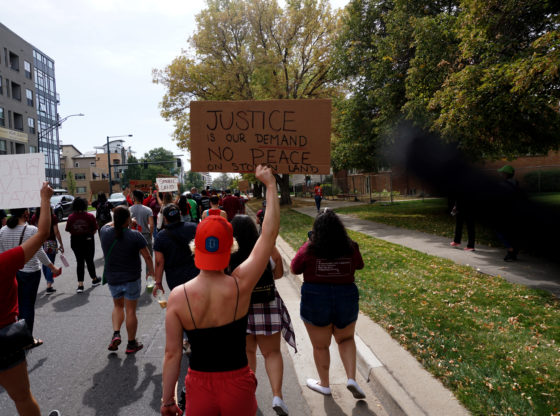As Halloweekend comes to a close, it’s a good time to reflect on one of the most popular aspects of Halloween—monsters. All kinds of monsters haunt the streets on Halloween; on a college campus you’re bound to see a million devils, last-minute toilet-paper mummies and maybe a vampire or two. Well, for some people, those vampire costumes are a year-round lifestyle choice.
Vampires are everywhere in modern media. They regularly sparkle, murder and challenge monstrous expectations on our screens, but before there was Count Dracula and the Cullens, there were only legends. It began with Vlad Dracul, A.K.A “Vlad the Impaler,” a Romanian ruler from Transylvania who fought off the Ottoman Empire by impaling his enemies with a wooden stake. It’s rumored he also dipped his bread in their blood, a very vampire-like behavior.
The legends don’t stop there. The black death aroused a lot of vampire-based suspicions with the nature of the wounds plague victims received from the disease. Lots of bleeding puncture wounds and other indescribable symptoms led to people frequently being labeled vampires in ignorance.
Now, “real” vampires exist in a much more controversial and sometimes disturbing manner. Online communities of people claiming to be vampires have sprouted with the rise of the internet, creating a surprisingly large group of people who conduct “feeding rituals,” drinking the blood of willing volunteers. One such vampire went into more detail about his life as a vampire-human: sleeping during the day and waking at night to feed on a willing participant through a small incision made on their arm with a ceremonial knife and generally behaving like a vampire in all the typical ways.
Although the internet created a much broader forum for communication in this community, the idea of people having vampire-like tendencies as a “condition” originated in the 70s with Dark Shadow conventions, a place for “vampire-people” to socialize and meet potential blood donors. It has grown significantly since then, with large groups in many major cities.
This community boasts a wide variety of people with entirely different backgrounds and reasons for turning to vampirism. Some people claim it is medically necessary for them to consume human or animal blood, while others only commit to the aesthetic aspects. Many vampire community events also center around BDSM, and role-play in general, related to the characteristics of vampires.
One of the most interesting aspects of this sub-culture is the ethical practices done by vampires that prioritize consent and happiness within the community of both vampires and donors. There is a Donor Bill of Rights for vampires and donors that ensures “feeding” is safe and ethical. Vampires and donors both get their blood tested prior, and vampires are expected to use sterile supplies and keep clear consent throughout the process.
Vampires in all shapes and forms are fascinating, whether they’re real or mythical, monsters or men, vampires inundate our society. So this Halloween, rest assured that if a vampire wants to drink your blood, they’ll at least read you your rights first.











